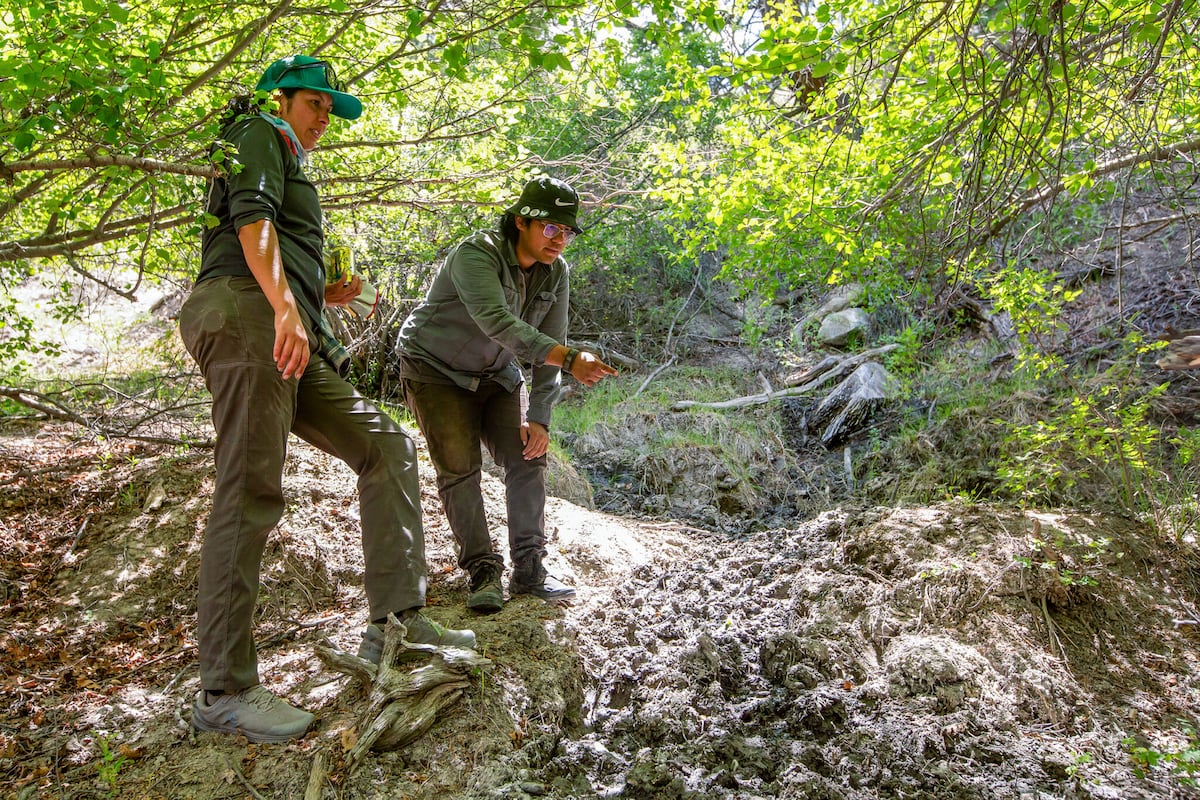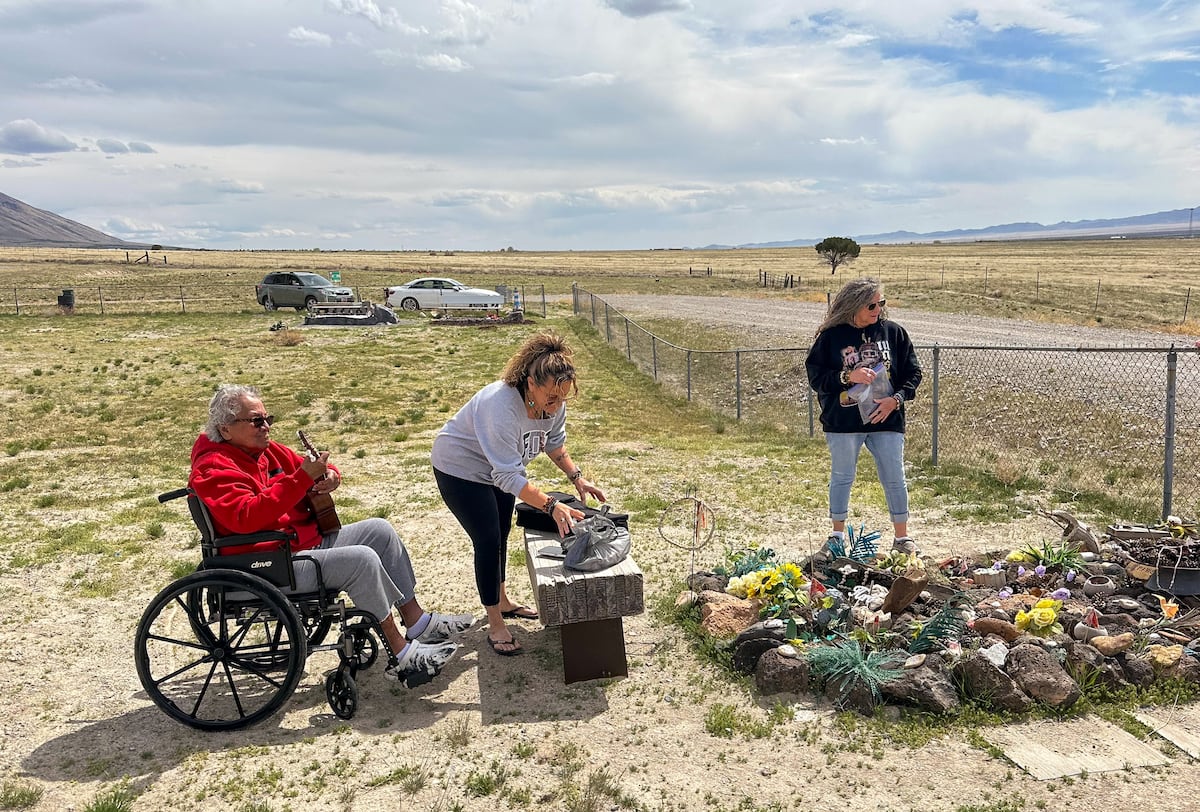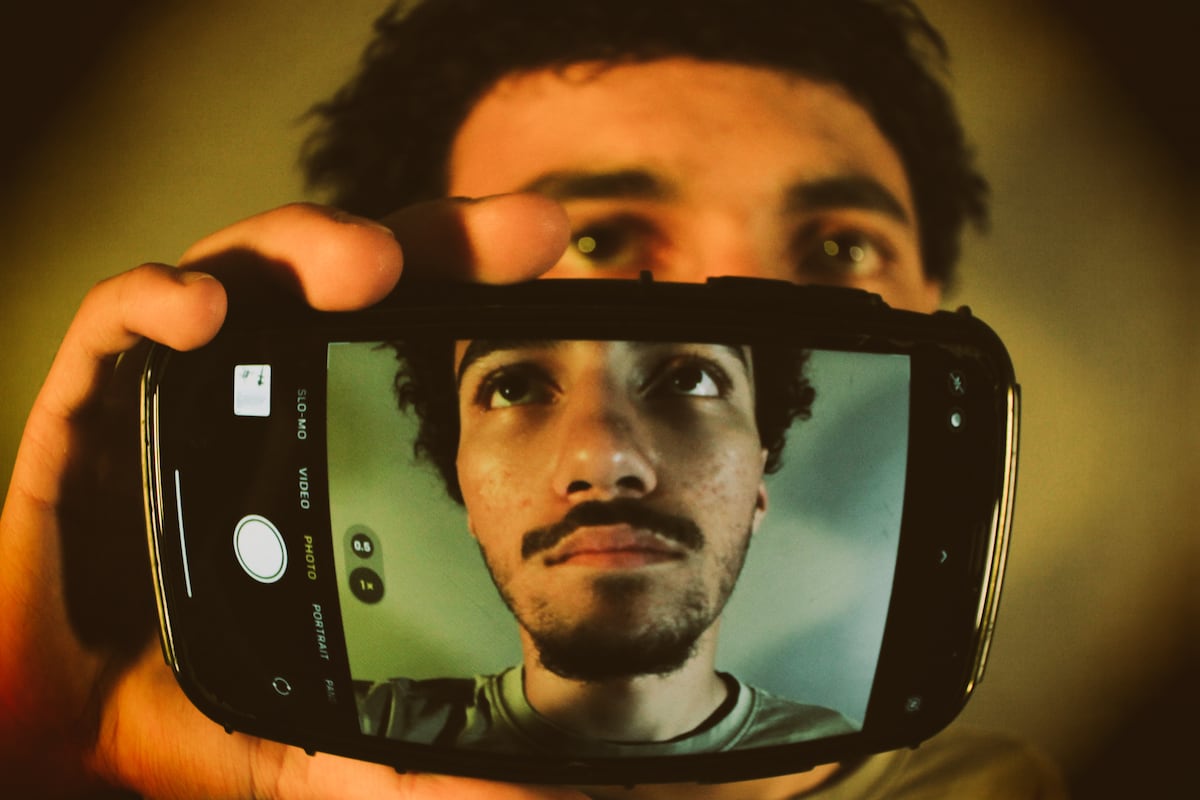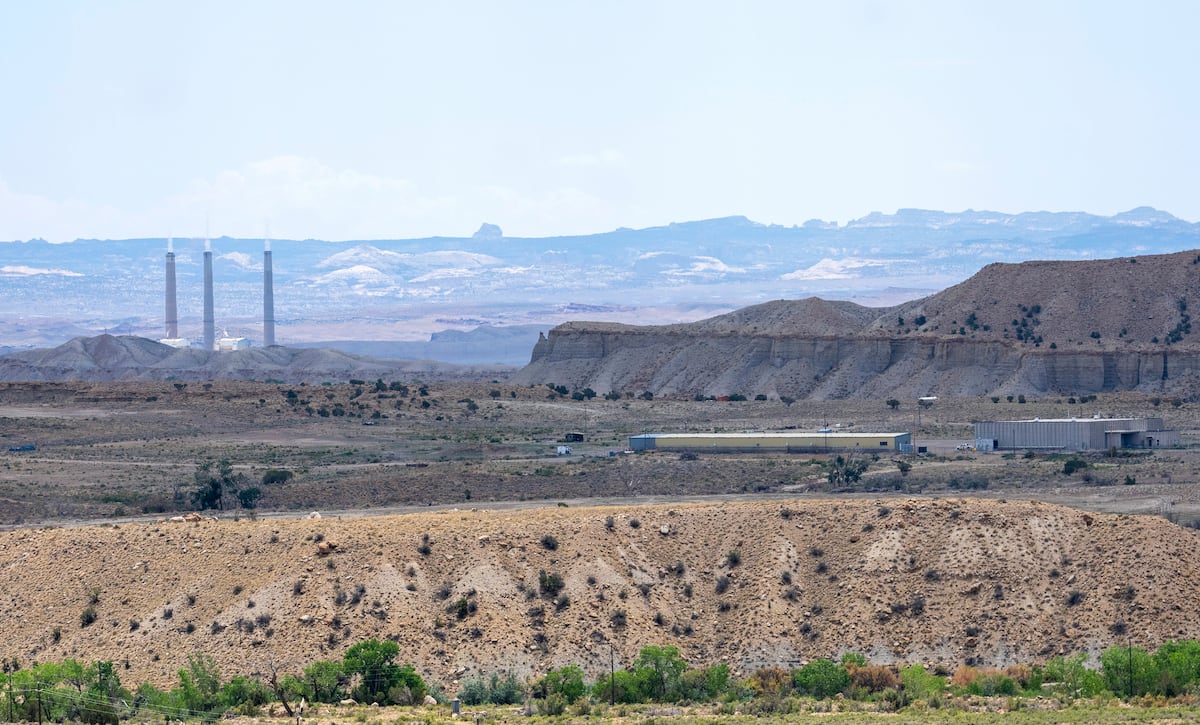As major innovations in security, connectivity and AI rapidly evolve and mature, we must help keep Utah competitive by treating broadband as part of Utah’s critical infrastructure: essential, …
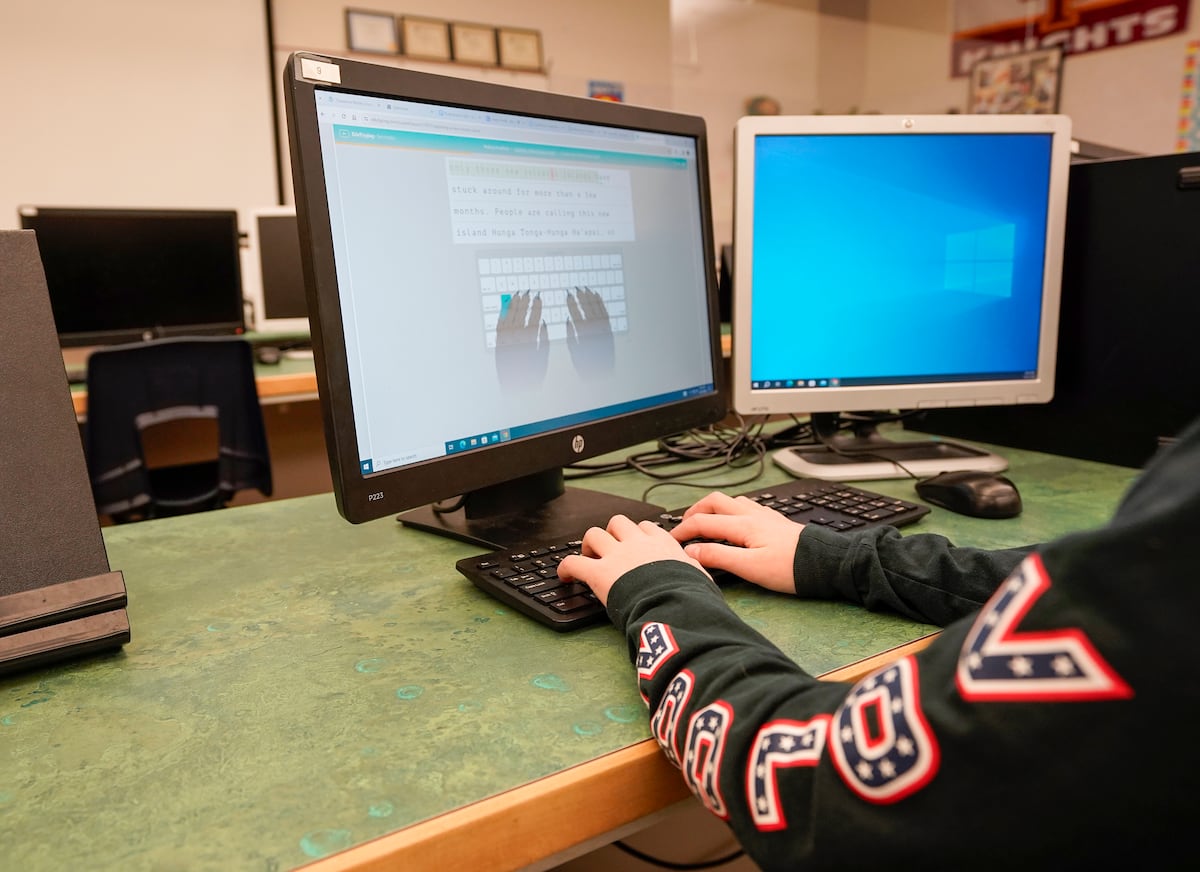
For the third time in a row, U.S. News and World Report has named Utah the “Best State” in the nation, and our high ranking for internet connectivity moved to top place this year. This recognition is an achievement to celebrate — and so is how we got here.
The internet has come a long way since 1969, when the University of Utah first linked with three other universities by phone lines. Known as ARPANET, this U.S. Department of Defense project was the world’s initial step toward critical infrastructure that more than 5.6 billion people worldwide now live by.
Today, the internet is a lifeline for education, healthcare, commerce and more. Internet access is no longer just about streaming or browsing — it’s about job creation, small business growth and attracting top-tier industries to every corner of our state. Reliable internet provides rural students access to the same educational resources as their urban peers, and it’s essential for patients consulting with specialists hundreds of miles away. It’s a gateway to opportunity for businesses large and small, and it supports family connections, public safety and groundbreaking research.
Utah’s enviable connectivity owes thanks to decades of building toward a long-range vision and collaboration that is Utah’s “secret sauce.” In 1996, the Utah Legislature provided substantial funding for the Utah Education Network — later expanded to include healthcare as the Utah Education and Telehealth Network (UETN) — to connect K-12 schools, higher education, public libraries, government and healthcare sites across Utah. UETN now connects more than 2,000 community anchor locations throughout Utah. In partnership with Utah’s broadband providers, the Utah Department of Transportation and key agencies such as UETN and the Utah Broadband Center within the Governor’s Office of Economic Opportunity, Utahns throughout the state enjoy some of the best broadband internet access in the U.S.
By leveraging the state and federal Universal Service Funds — and developing strong partnerships between UETN and many of Utah’s broadband internet access providers — we’ve helped bring high-speed internet to some of the state’s most rural areas. These connections have benefits beyond faster internet for schools and healthcare clinics. Our collaborative projects have improved mobile coverage, traffic and weather monitoring, and enhanced broadband solutions for residential and business customers.
Access to high-speed internet has contributed to business growth in Utah, including increasing opportunities for remote work in rural counties.
The conscientious use of state and federal universal service funding and the development of thriving private-public partnerships have created and sustained this burgeoning internet infrastructure for almost 30 years and serve as a model other states should follow.
Notwithstanding, many Utahns still face barriers to reliable, affordable internet, keeping them from the necessary opportunities to thrive in today’s economy.
Rural internet service providers offered free internet connections during the pandemic. A few years later, when national pandemic-level support for broadband ended, a survey found that 13 percent said they would disconnect due to affordability. The Utah Broadband Center’s Broadband Access Grant (BAG) and Broadband Infrastructure Grant (BIG), totaling over $330M, plans to connect the remaining approximately 45,000 unserved or underserved locations in the state with broadband by 2030. However, ensuring affordable connectivity, devices and digital skills training is an ongoing pursuit.
To unlock our full economic potential, we must connect not just people to the internet, but entire communities to the future. Together we keep working to connect rural areas, tribal communities and outlying urban communities to reduce these barriers that ultimately hamper workers’ access to digital tools and can endanger the public’s ability to access vital health and safety resources in an emergency.
Similarly, Utah is poised to remain at the forefront of technological innovation and all the opportunity it may bring to our great state. As major innovations in security, connectivity and AI rapidly evolve and mature, we must help keep Utah competitive by treating broadband as part of Utah’s critical infrastructure: essential, universal and future-proof.
We’ll get there if we continue to work together — keeping the people of Utah at the heart of every decision.
(Spencer Jenkins) Spencer Jenkins is the CEO and Executive Director of the Utah Education and Telehealth Network (UETN).
Spencer Jenkins is the CEO and executive director of the Utah Education and Telehealth Network (UETN), where he leads efforts to expand educational and telehealth access across Utah through innovative technology and statewide collaboration.
(Rebecca Dilg) Rebecca Dilg is Director of the Utah Broadband Center.
Rebecca Dilg, director of the state’s Utah Broadband Center, has convened stakeholders since 2018 to facilitate the state’s broadband internet expansion to households and businesses, most recently through the state’s two broadband grant programs — Broadband Access Grant (BAG) and Broadband Infrastructure Grant (BIG) — totaling over $330 million.
(Bruce H. Todd) Bruce H. Todd is the President of the Utah Rural Telecom Association and CEO of STRATA Networks.
Bruce H. Todd is the president of the Utah Rural Telecom Association and CEO of STRATA Networks, a cooperative delivering broadband and wireless services across Utah’s Uintah Basin. With over 39 years in telecommunications, he is a leading advocate for rural connectivity and serves on multiple regional and national telecom boards.
The Salt Lake Tribune is committed to creating a space where Utahns can share ideas, perspectives and solutions that move our state forward. We rely on your insight to do this. Find out how to share your opinion here, and email us at voices@sltrib.com.
Source: Utah News

